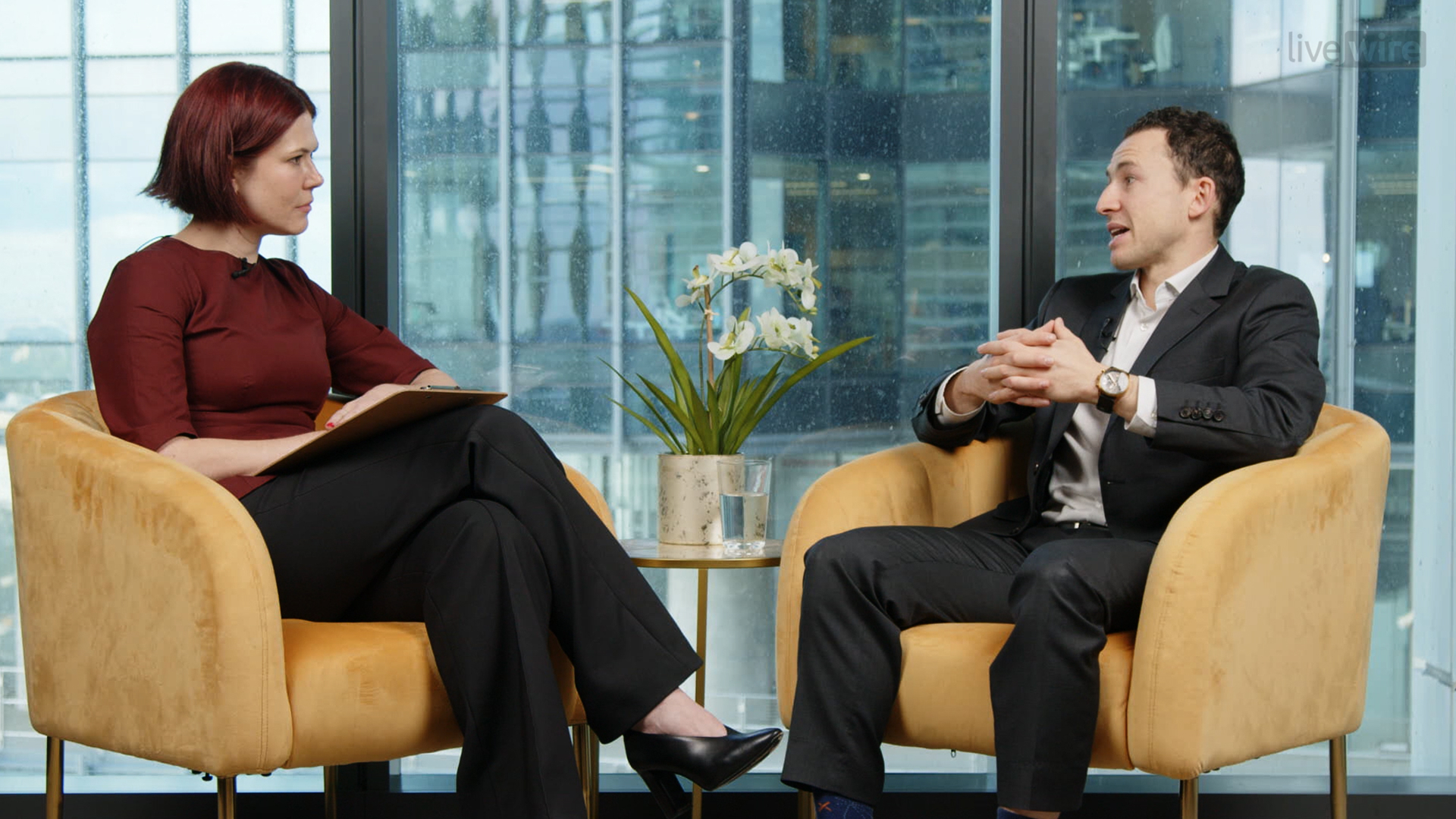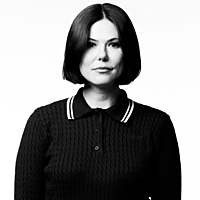The low-cost ETF set to challenge incumbents
There’s no doubt about the continued popularity of ETFs for Australian investors, with over 420 ETFs available now compared to around a third of that 10 years ago.
They have become the go-to tool for many Australian investors, and far from being derailed by market swings, they’re benefiting from them.
“ETFs have shown time and time again that they can handle market volatility,” says Marc Jocum of Global X.
The numbers tell the story. Investors have already poured $27 billion into ETFs this year, and Jocum expects that number to hit $40–50 billion by year's end. For the record, 2024’s number was $31 billion.
In this interview, I speak to Jocum about the current outlook for ETFs, the hits and misses in the market, and the launch of their low-cost ASX 300 ETF, the Global X Australia 300 ETF (ASX: A300).
ETFs thrive in volatile markets
When markets wobble, ETFs become more than just an access point to the market - Jocum argues that they become a source of liquidity, price discovery and a hedge against volatility.
“On a given month, ETFs trade about $10 billion,” Jocum notes.
“When markets are volatile, that jumps closer to $20–25 billion.”
That surge shows investors aren’t running away from ETFs when uncertainty rises, but instead they’re leaning on them to hedge, diversify, and stay invested. Jocum expects this trend to continue for many years to come.
Where investors are putting their money
Jocum points to three clear winners: US equities, gold, and AI.
“Over 80% of S&P 500 companies beat earnings this season,” he says.
“That was one of our key MVPs.”
Gold also shone, up 20–30% this year as central banks kept buying and investors sought stagflation hedges, and with AI, “it’s moved from experimentation to execution and monetisation. There’s a clear divergence between AI stock performance and non-AI stock performance.”
Jocum says the misses were in US small caps and the US dollar. “We thought small caps would broaden out the rally. That didn’t happen. And the US dollar has fallen instead of rising.”
Core and satellites: the new investor playbook
Global X pointed out in their half-yearly report that the key areas investors are leaning into are resilience, diversification and smarter quality exposure. I asked Jocum how this plays out in ETF demand.
They found that bulk exposure still goes to broad-based ETFs, but with increased exposure to niche thematics, such as defence, AI and commodities.
“It’s a barbell approach,” Jocum says.
“The core sits in broad-based ETFs, while the satellites or exploration side is in niche thematics like AI or defence.”
With the majority of portfolios having a core, broad-based exposure, Global X saw a part of the market it wanted to be a major player in. Enter the A300.
Global X is best known for its thematic ETFs – like AI, lithium, uranium, and other “future-focused” exposures. But the A300 launch marks its first broad-based ETF, covering the 300 largest companies in Australia.
Jocum says it reflects how investors themselves are using ETFs and wanting to be more relevant in client portfolios.
“We do thematics really well. We want to do more, and we want to do more in the core space, in the broad space. Over $20 billion has gone into broad-based Australian share ETFs over the past three years, and we weren't capturing a lot of that.”
“Overall, we want to be relevant. We want to be seen as a premier ETF issuer rather than just a small player in the market.”
The move also acknowledges the industry’s trajectory. ETFs are no longer just about niche plays or tactical tilts. They’re increasingly the foundation of portfolios – the building blocks around which everything else is constructed.
The majority of flows in 2025 have gone into broad-based equity and fixed income ETFs, often at ultra-low costs. By entering this space, Global X isn’t just diversifying its line-up; it’s making a long-term bet that ETFs will continue to displace traditional active funds as default portfolio tools.

Why choose the ASX 300 over the ASX 200?
Most broad Australian equity ETFs stop at the top 200 companies. Jocum argues that’s leaving performance on the table.
“Over the last decade, more than 100 companies have graduated from the 200–300 band into the top 200,” he says.
“Investors can miss that run-up if they don’t have exposure earlier.”
Jocum mentions Netwealth (ASX: NWL), HUB24 (ASX: HUB), Pro Medicus (ASX: PME), Xero (ASX: XRO), and, more recently, DroneShield (ASX: DRO) up 400% this year, Catapult (ASX: CAT) up 75%, and Domain (ASX: DHG), up 75%.
Jocum points out that these companies often deliver their strongest outperformance before index inclusion, when they are less widely held. For long-term investors, broadening to the ASX 300 captures that growth runway.
How low can fees go?
If one theme is reshaping the ETF industry, it’s about how low you can go when it comes to cost.
Jocum likens fees to termites nibbling away at investor returns. The A300 is currently the lowest-cost ETF offering exposure to the largest 300 companies listed in Australia at only 0.04% per year, making it a strong new competitor on the ETF landscape, where the average cost of ETFs keeps falling.
Jocum explains that two-thirds of ETF flows are now going into funds charging less than 0.25% per year, and the data shows Australian investors want broad-based exposure but are incredibly fee-conscious. By contrast, the average Aussie equity fund manager charges about 1%.
"The fact that we can do this at one-25th of the cost of that and do it to give exposure to broad-based companies like the Australian 300, it makes a lot of sense for people," says Jocum.
"A lot of people talk about active versus passive or active index. I actually don't agree with that. I think it's really about high cost and low cost.
“We're just trying to appeal to investors who want low-cost investment solutions."
1 topic
1 stock mentioned
1 contributor mentioned
.jpg)
.jpg)